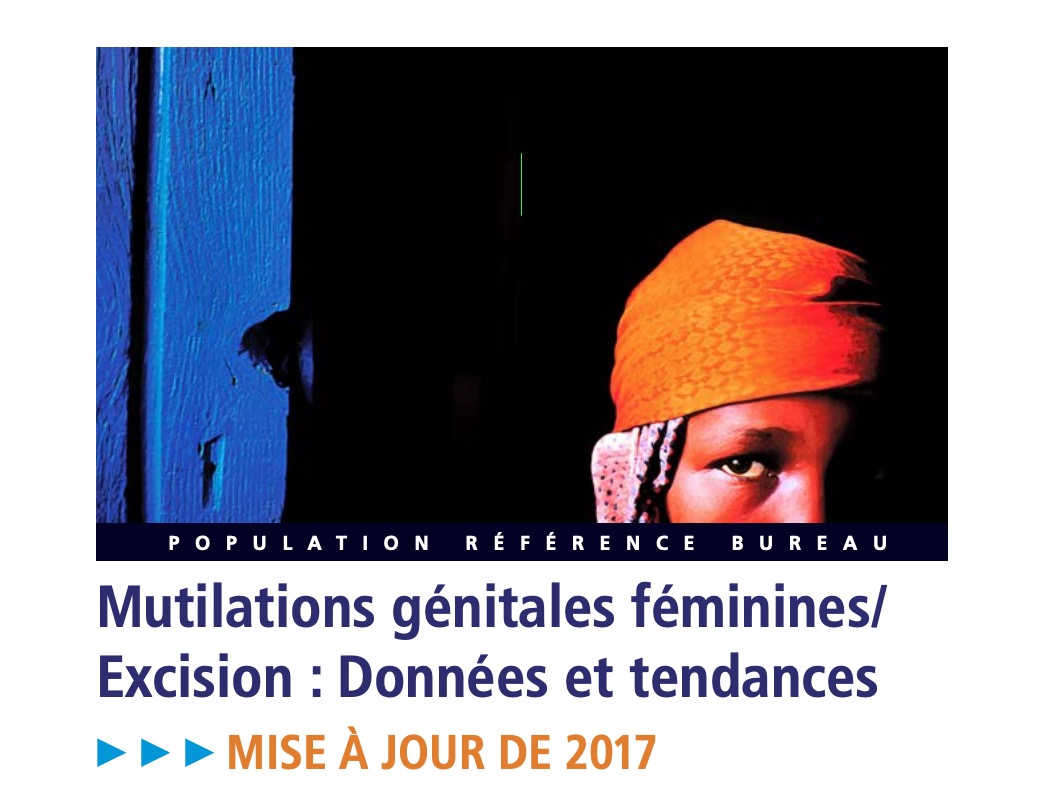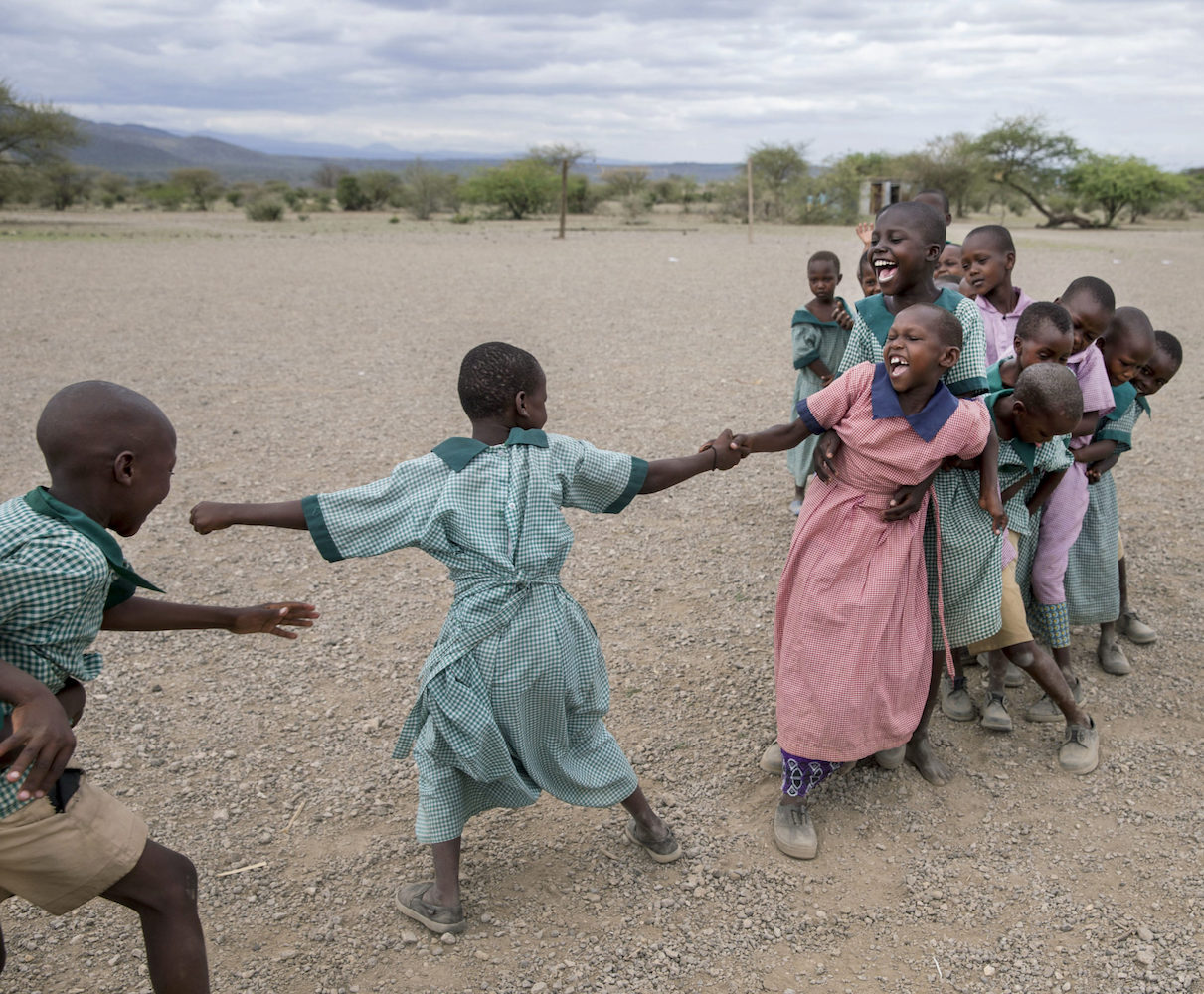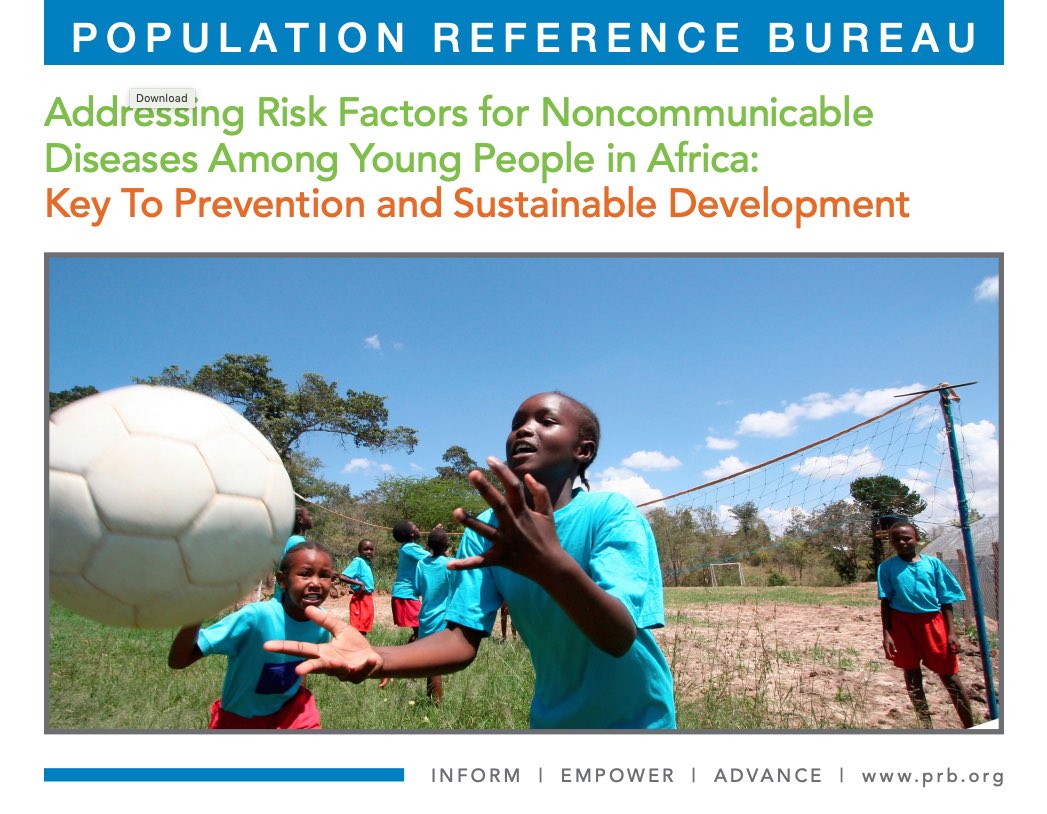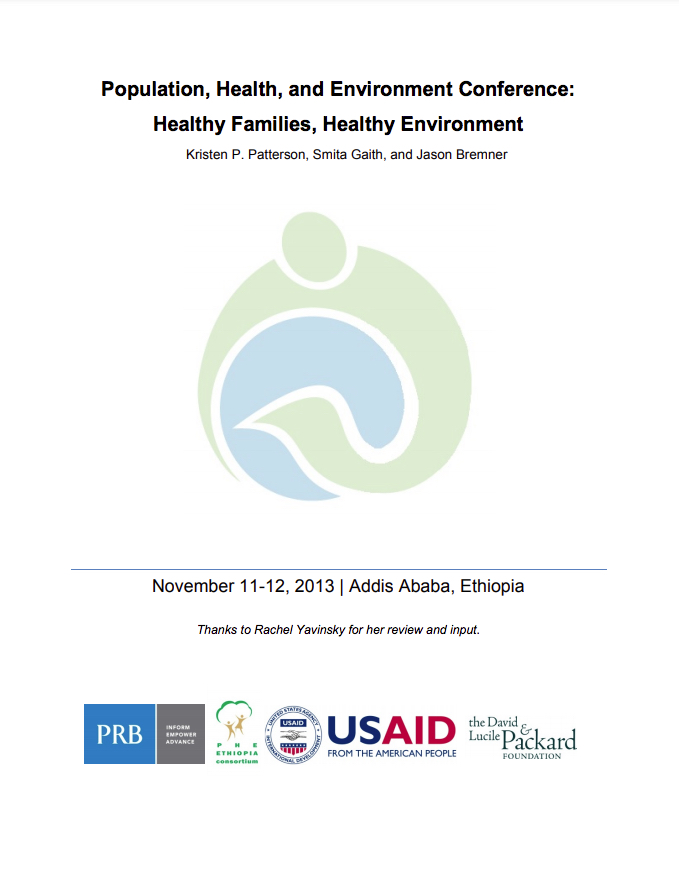Mutilations Génitales Féminines/Excision: Données Et Tendances
(2017) Les mutilations génitales féminines et l’excision (MGF/E) sont des pratiques néfastes qui se produisent dans le monde entier.

(2017) Les mutilations génitales féminines et l’excision (MGF/E) sont des pratiques néfastes qui se produisent dans le monde entier.
The aging of the baby boom generation could fuel a 75 percent increase in the number of Americans ages 65 and older requiring nursing home care, to about 2.3 million in 2030 from 1.3 million in 2010, the Population Reference Bureau (PRB) projects in a new report.

La crise climatique exige des solutions nuancées, holistiques et équitables qui intègrent des approches au carrefour de la population, de la santé et du genre, fermement ancrées dans les connaissances et les besoins locaux.

Project: Demography and Economics of Aging and Alzheimer’s Disease
Older women in the United States continue to live longer than men, on average, but they’re spending an increasing share of their later years living with a disability, research suggests.

Project: Combatting Noncommunicable Disease Risk Factors in Youth
(2015) Establishing healthy behaviors among young Africans could help stem a looming regional epidemic of noncommunicable diseases like cancer, diabetes, cardiovascular diseases, and chronic respiratory conditions, according to this PRB policy brief and data sheet with comprehensive data appendix.
For more than a decade, the Population Reference Bureau has nurtured national and international coalitions that address population, maternal and child health, global health priorities, and the environment.

(2013) The second international Population, Health, and Environment Conference, organized by the Population Reference Bureau (PRB) and the PHE Ethiopia Consortium, convened over two days in Addis Ababa, Ethiopia, around the theme “Healthy Families, Healthy Environments.”
(2014) Recent research by a group of health systems experts details how a 2 percent increase in current spending for maternal and child health can save 147 million children, prevent 32 million stillbirths, and avert 5 million maternal deaths by 2035.
(2010) By 2008, Haiti's largest microfinance organization, Fonkoze, was providing savings accounts or loans to 190,000 clients, mostly women, at its 39 banking offices in rural areas.
PRB produces high-quality demographic and socioeconomic forecasts for use in regional planning.